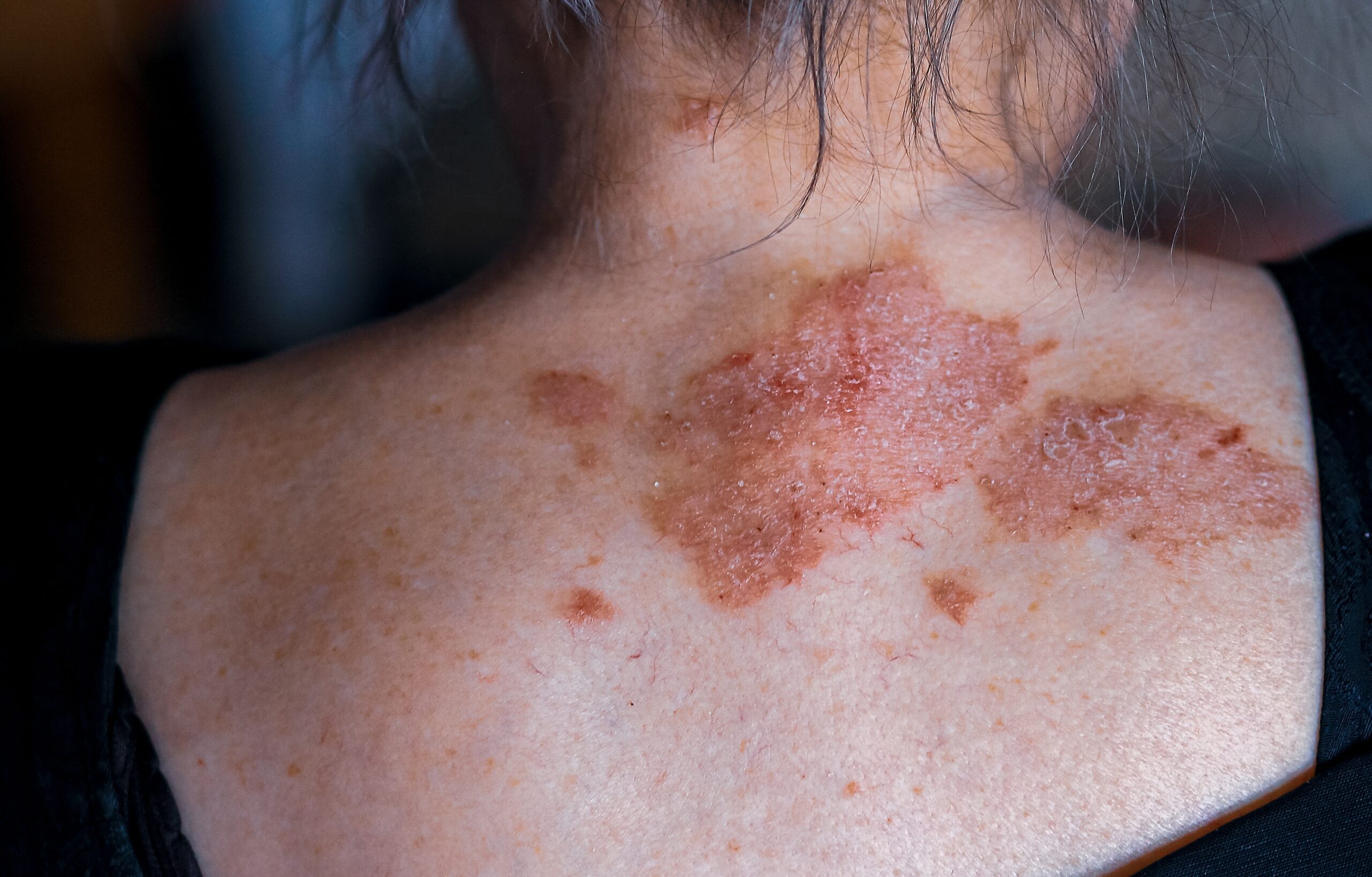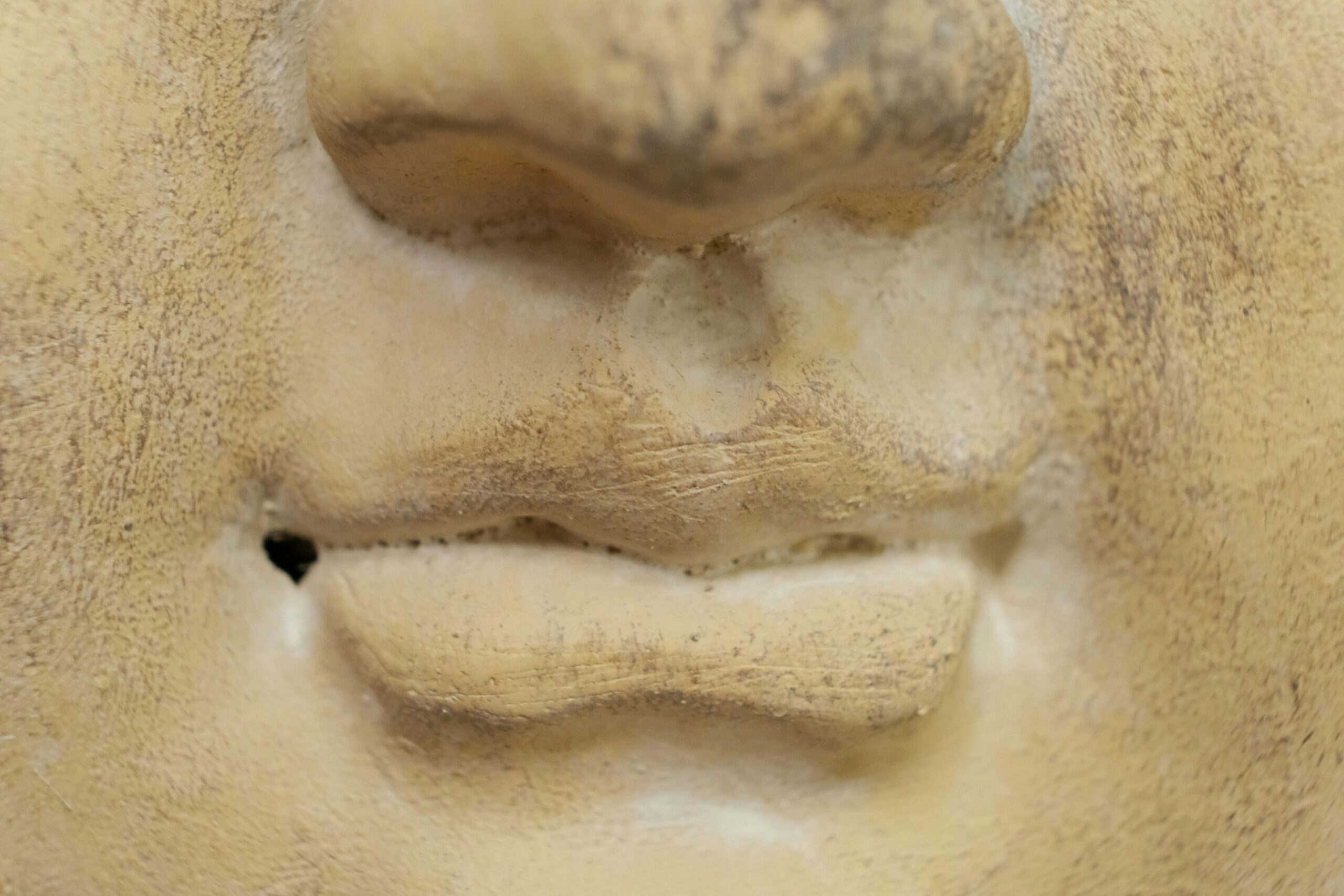Telangiectasia refers to the appearance of small, visible blood vessels on the skin, typically presenting as fine red lines or threads. These tiny, dilated capillaries are often referred to as broken capillaries or spider veins. When the affected vessels are venules, they may appear blue in color and are more specifically classified as venulectasia. While commonly seen on the face and legs, telangiectases can occur anywhere on the body and often prompt medical or cosmetic consultation due to their visible nature.
Distinguishing telangiectasia from other vascular anomalies is crucial in dermatological assessment. They must be differentiated from vascular tumors such as infantile hemangiomas or adult-onset angiomas, as well as from broader vascular malformations involving capillaries or veins. In contrast to the fine red lines of telangiectasia, arteries and veins appear larger, with arteries presenting as red due to oxygenated blood and veins as blue, particularly in conditions like varicose veins or aneurysms.
Telangiectasia can be either inherited or acquired. Inherited forms include a variety of rare syndromes such as hereditary hemorrhagic telangiectasia, benign hereditary telangiectasia, and ataxia-telangiectasia. Some of these syndromes are associated with systemic symptoms or developmental abnormalities, such as in Rothmund-Thompson syndrome or Bloom syndrome. In certain families, visible facial telangiectasia may occur without any underlying pathology and may be considered a benign trait.
Acquired telangiectasia is far more common and may result from several external and internal factors. Chronic sun exposure, aging, and smoking significantly contribute to their development, especially on the face and neck. Skin disorders such as rosacea and poikiloderma of Civatte often exhibit telangiectatic features. Hormonal influences from pregnancy or conditions like Cushing syndrome can also lead to their formation. Systemic autoimmune diseases including systemic sclerosis, lupus erythematosus, and dermatomyositis frequently present with characteristic telangiectasia as part of broader skin changes.
Additional causes include mechanical or thermal injury to the skin. Scarring, whether from surgery, trauma, or burns, may result in telangiectasia formation. Conditions such as livedoid vasculopathy, radiation dermatitis, and erythema ab igne—caused by chronic heat exposure—are also associated with vascular changes. Some skin tumors, including basal cell carcinoma and sebaceous hyperplasia, may be marked by a network of visible blood vessels. Telangiectasia is even seen in certain lymphomas and sarcomas affecting the skin.
Certain medications can contribute to the development of telangiectasia, particularly vasodilators like calcium channel blockers, which tend to affect sun-exposed areas. Long-term use of corticosteroids, whether systemic or topical, is also a known contributor, especially in conditions like steroid-induced rosacea or when injected directly into the skin for therapeutic purposes.
While telangiectasia is typically harmless, it may cause bleeding or cosmetic concern, especially when present on the face. Several treatment options are available depending on the location, severity, and patient preference. Electrosurgery and vascular laser therapy are commonly employed to destroy the affected vessels. Intense pulsed light (IPL) is another non-invasive method that targets redness and improves overall skin tone. For leg veins, sclerotherapy is a standard approach, involving the injection of a solution that collapses the targeted vessel.
Ultimately, while telangiectasia often poses no serious health risk, its diverse causes and associations with other medical conditions make accurate diagnosis and tailored treatment essential in dermatological care.



